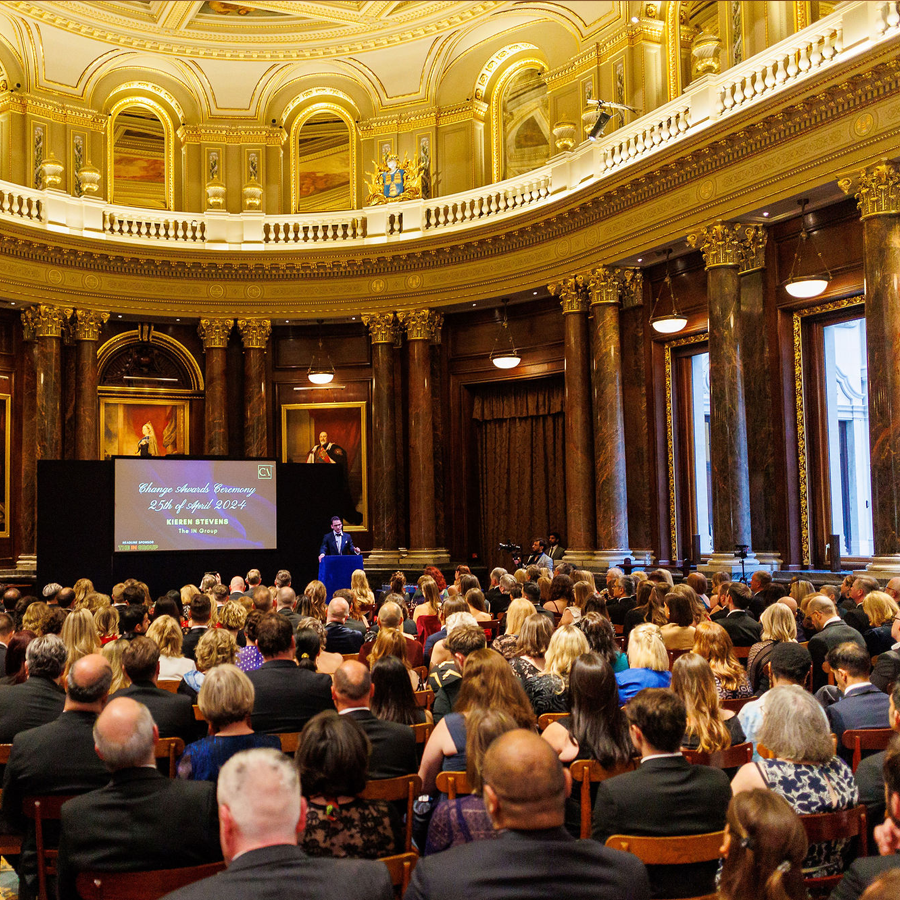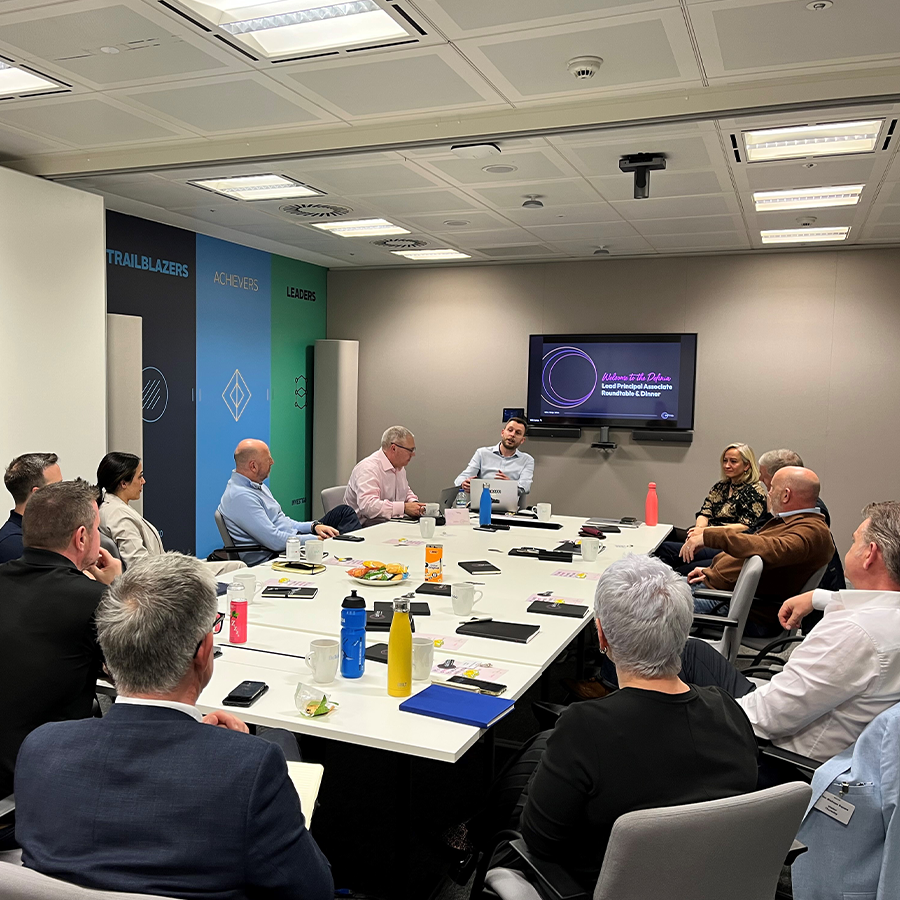Structure vs. flexibility: How to succeed by embracing freedom within a framework

At the recent Change Awards, we hosted a panel discussion that explored the subject The Power of Polarity: Why Lasting Change Needs Both Head and Heart. The conversation centred on challenging our preferred approach to transformation (structure vs flexibility) and embracing the concept of freedom within a framework.
Two different approaches to transformation
- Structured and organised with a clear path and destination
- Creative, reflective and flexible to the evolving requirements of people
Depending on your professional or educational background you might favour one approach over the other and your personal preferences will also be a big factor in what feels naturally comfortable to you. For example, I lean towards structure — five minutes early is late in my world! My friends get diary invites to playdates, and I’m quite a strict parent. At the same time, I’m highly empathetic and one of my best attributes is my ability to quickly form relationships with people and understand what makes them tick. I have a natural spidey sense for when someone is out of sorts.
As a parent, this combination of traits has proven tricky to navigate at times. Every day is a school day when balancing the ever-changing needs of my children (aged six and nine) against the background of homework, screens, clubs and the bedtime routine. My elder son thrived on routine — a tired Seb is a grumpy and emotional Seb, and his strict bedtime was key to a good next day. My younger daughter is a different beast, and it soon became apparent that enforcing the same bedtime was simply not going to work. She didn’t respond well to my approach, so we adapted her routine, aligning her bedtime more closely with her older brother’s. Now we try to find the right balance; if one night ends up being later than planned, we ensure the subsequent night is a calmer and more regulated affair. It’s not perfect, but it’s realistic and gives us the flexibility as a family to balance needs with wants.
Striking the right balance
From a change perspective, if a framework is very structured from the outset, it can provide some comfort by clarifying the logic and expectations. Conversely, others may find a rigid structure too clinical, feeling as if change is being forced upon them, rather than developed with them. How best to manage this? Ensure that the framework is informed by multiple feedback loops. Give people the ability to share their thoughts and feelings via anonymous surveys, feedback forms, small group chats, as well as meetings with and without line managers present. Make sure the lessons learned along the way are incorporated throughout the transformation, not as pity party that is done at the end.
During a transitional period, a really powerful method is a simple “we heard” and “we did” approach, which demonstrates to your audience that feedback is not only welcomed, but acted upon — there’s nothing worse than knowing you raised an issue but nothing was done to address it! It’s essential to find advocates of change within your business who can help get your message out, but remember to engage the disgruntled and disengaged employees too. Critics of change can be utilised to ensure your communication is on point, expectations are realistic and the “why” behind the change is widely understood.
Lasting change requires both head and heart
As a Change Agent or Manager, it’s vital to be cognisant of your own preferences and be open to adapting your style. Sometimes, success means stepping out of your comfort zone in order to better support people, becoming a ‘Change Chamaeleon’ who can mirror those around you to make the most of each session, able to balance chaos and control, empathy and structure. Ultimately, if you choose one extreme over the other you are unlikely to succeed — both head and heart are required to bring about lasting change.
How Definia can help
If you’re looking to drive lasting, people-centred change in your organisation, we can help. Our experienced consultants combine strategic structure with empathetic delivery to ensure transformation is both effective and embraced. Get in touch to learn more.



